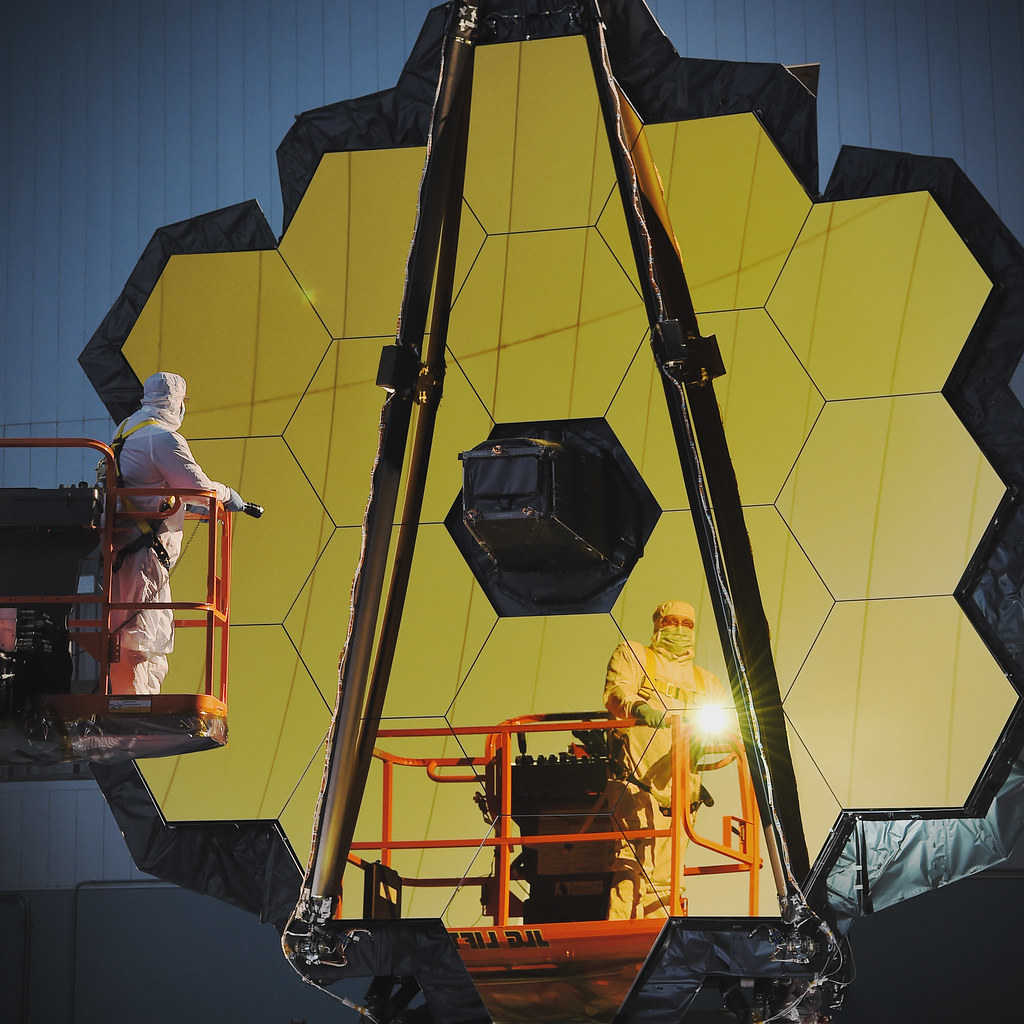Telescopes are used to study space and the incidents occurring in space. Many astronomers also used in ancient times to study stars and outer space. Space is a magical world that has no limit or boundary. Every time, there’s a new thing and a new phenomenon. Many stars and planets are widely studied by using telescopes.
Hubble Telescope, launched in 1990, is one of the most famous and successful scientific instruments ever built. But there are many more just like it circling our planet right now. Earth has at least 60 satellites dedicated to observing space from orbit around the sun. These so-called “space telescopes” are used for various purposes, including mapping the Milky Way galaxy and studying how solar winds affect Earth’s weather and climate.
The Hubble Space Telescope revolutionized the way we see our universe, and it has provided some of the most stunning images humanity has ever taken in outer space. However, Hubble was launched over 25 years ago, and it’s getting old. The James Webb Space Telescope, which will be about 100 times more powerful than its predecessor, is scheduled to launch in 2018 to take Hubble’s place as the most powerful telescope in space, and it will also study many of the same objects that Hubble has studied over the years.
The newest telescope in space is known as James Webb Space Telescope. Since its inception, it has captured the imagination of stargazing enthusiasts, with many counting down to its launch on October 18th, 2018. The question remains.
NASA has just launched the most modern and advanced telescope in space. The James Webb telescope, named after a former NASA administrator, is being touted as the biggest leap forward in space technology since the Hubble telescope was launched in 1990. James Webb will be able to see back to 200 million years after Earth’s formation and help answer some of our most fundamental questions about the universe.
Functions Of James Webb Telescope
The James Webb Space Telescope is a large, infrared-optimized space telescope successor to the Hubble Space Telescope. In contrast to the current space-based observatory, which has a 2.4 meter (7.9 ft) primary mirror launched in 1990 aboard the Space Shuttle Discovery during STS-31, JWST is located near the Earth-Sun L2 point and uses a 6.51 m (21 foot) diameter mirror. This unique telescope has been designed to observe the most distant objects in space. It is named after an American astronomer and astrophysicist, James E. Webb (1906-1992).
The James Webb Space Telescope is the next-generation successor to Hubble that is 100 times more powerful and 50 times larger. The telescope was launched in October 2018 into an orbit about a million miles from Earth. It uses an array of large hexagonal mirrors, 18 of which are 1.3 meters in diameter and 4 are 2.7 meters in diameter. JWST helps scientists study distant planets around other stars in search of signs of life. It also will study all the aspects in the history that our universe has created, starting from the initial light shows after the Big Bang incident to watching galaxies collide and even probing planets around other stars. It is the most powerful telescope sent to space till now. Modern technology and advanced high-quality lenses capture the unique incidents occurring in space. NASA’s next-generation Webb Telescope is a new kind of science observatory that peers back to the earliest days of the universe. This powerful infrared telescope provides images 5 times sharper than those from Hubble, and it has unique observing capabilities thanks to its larger mirror. The Webb Telescope can detect light from the first stars and galaxies formed in the early universe. It is also able to study planets around other stars in unprecedented detail.
![]()
